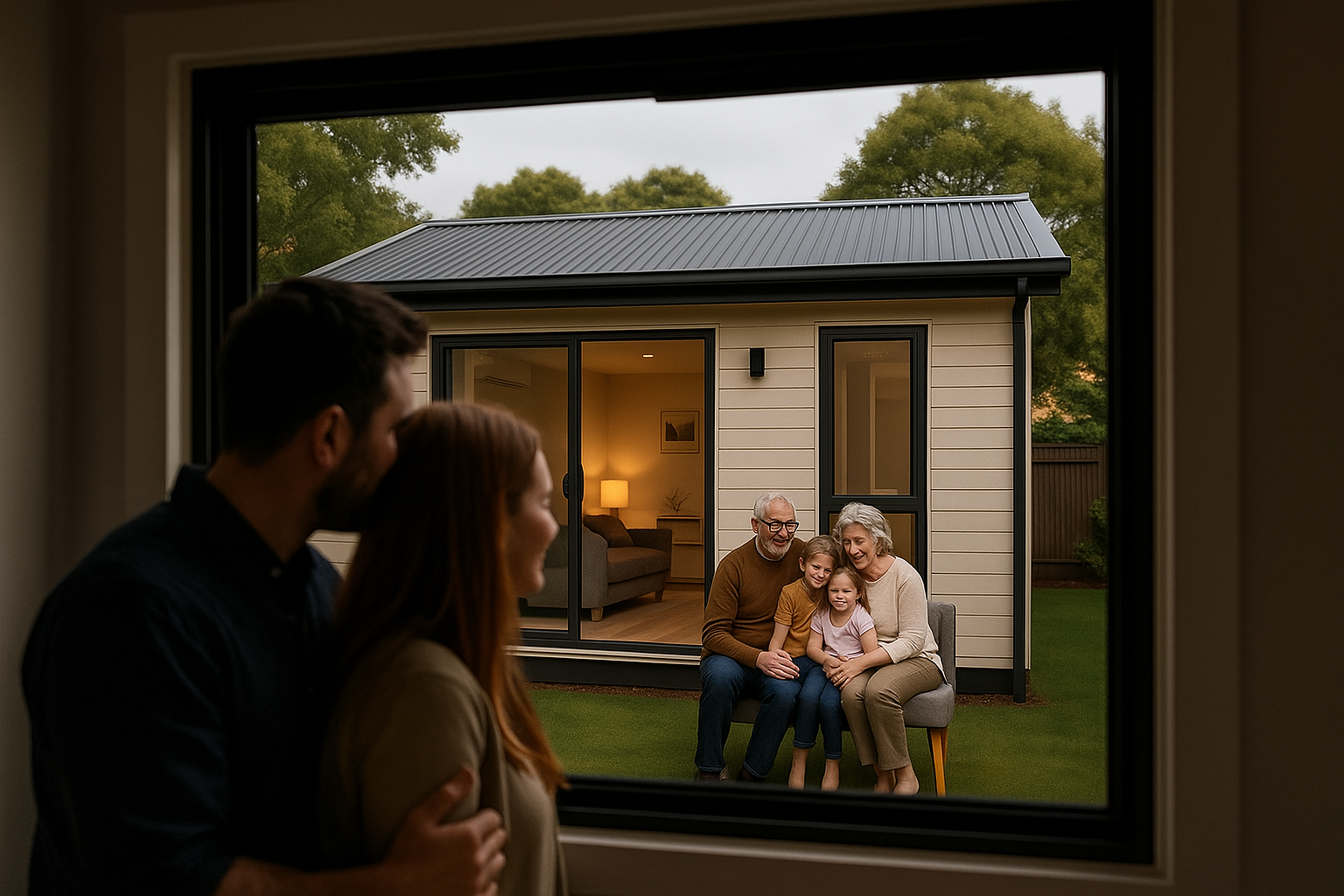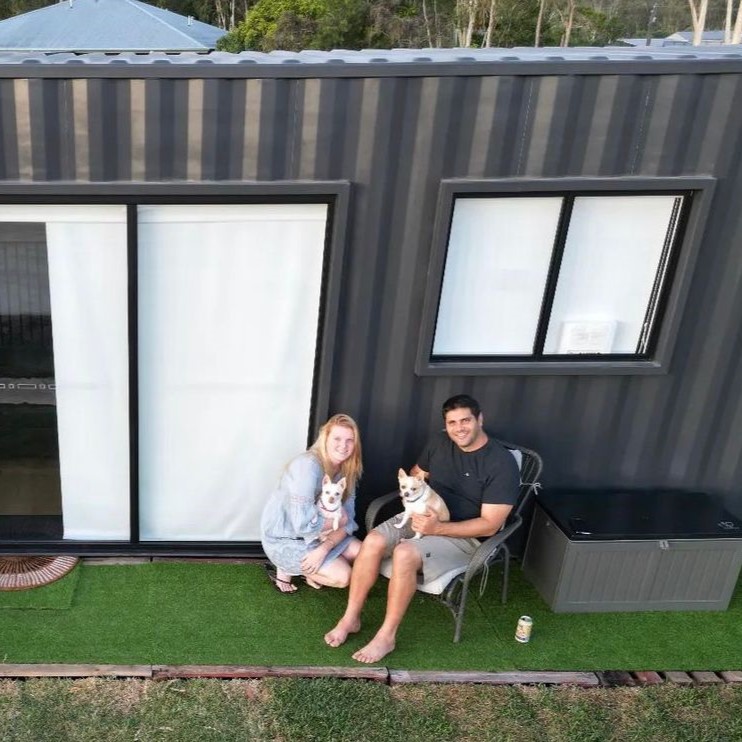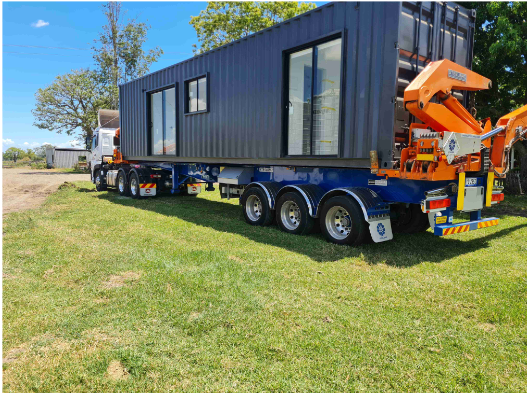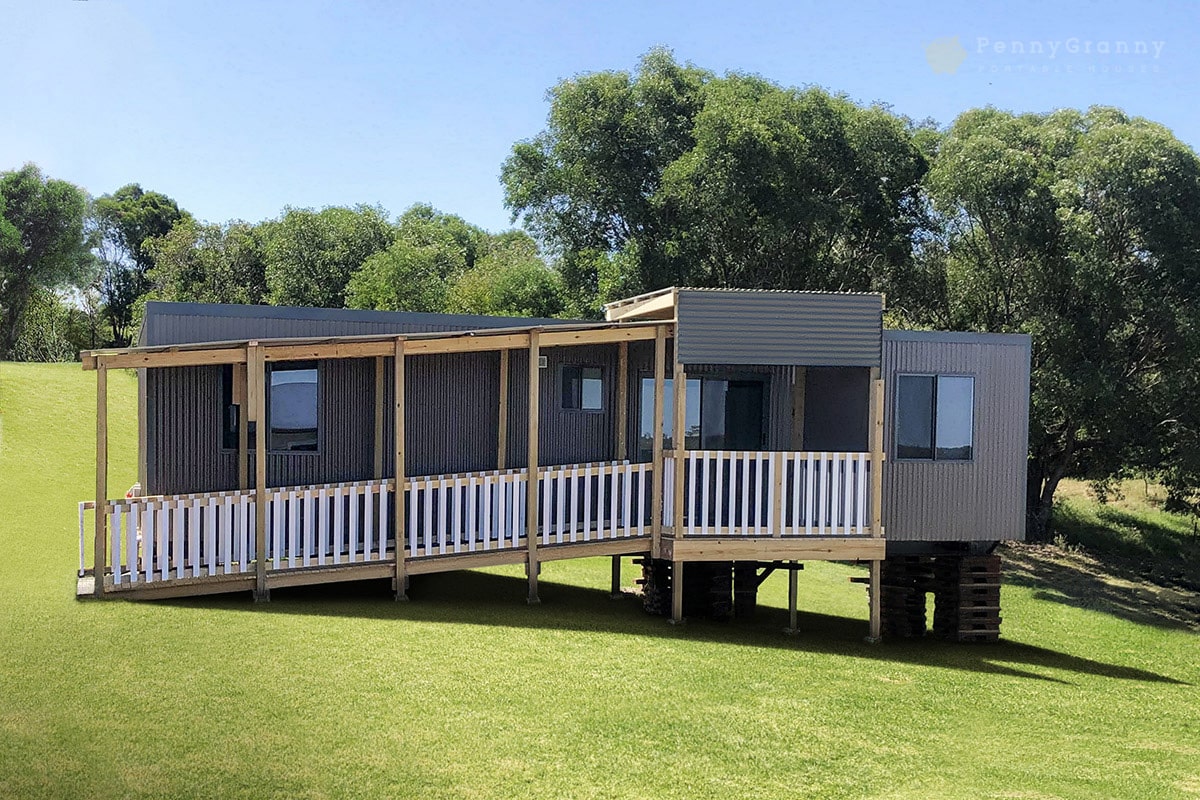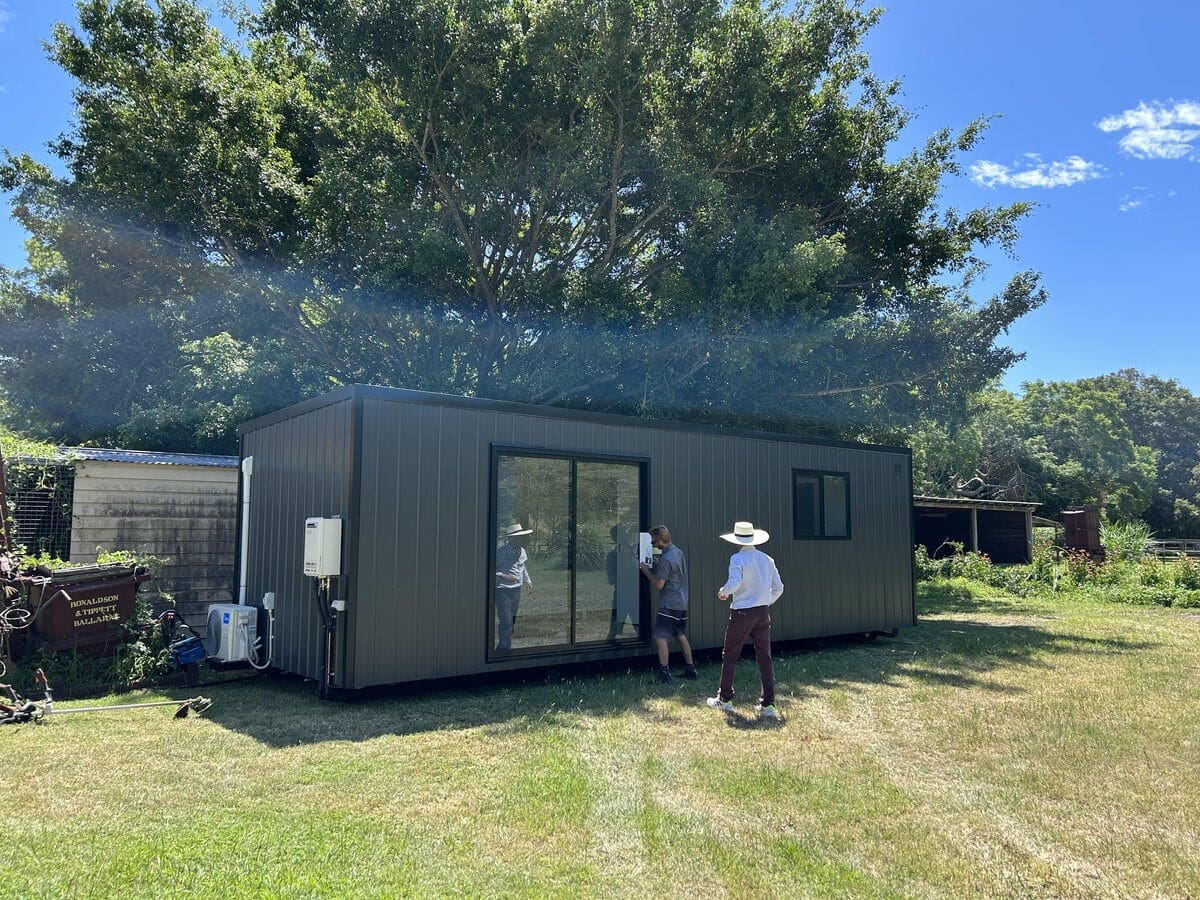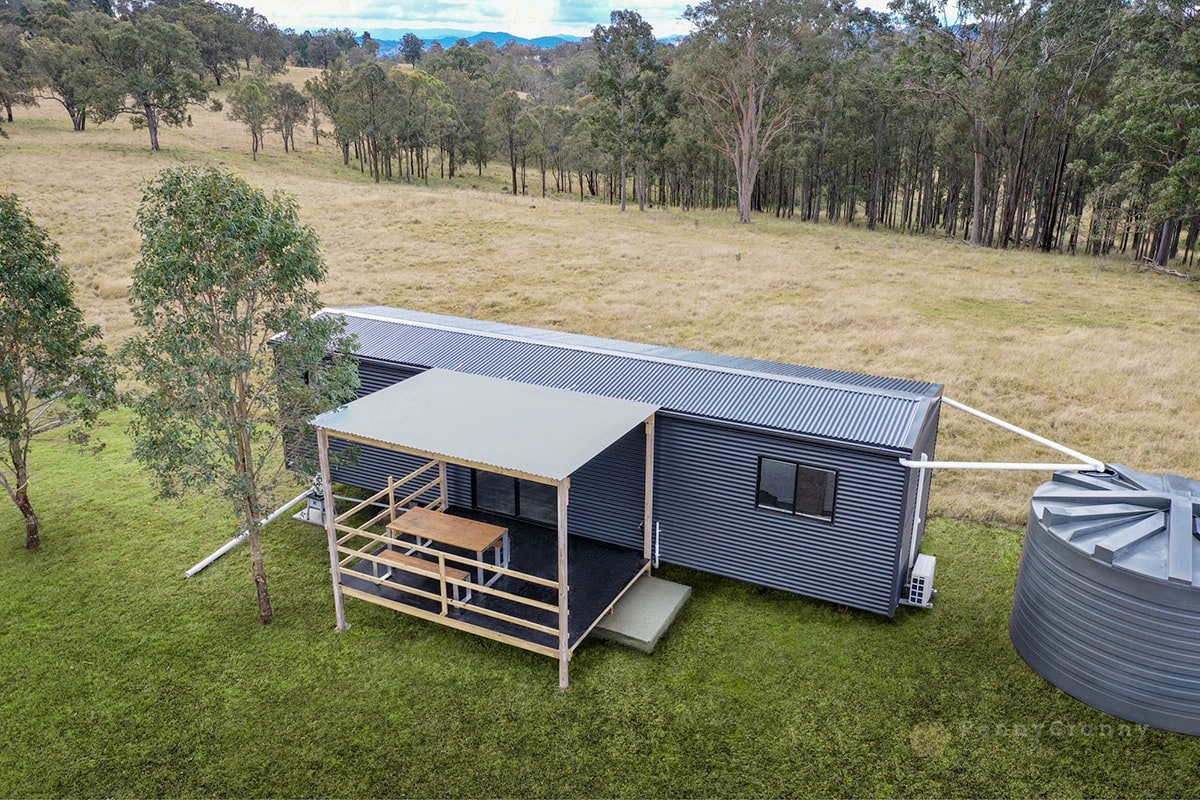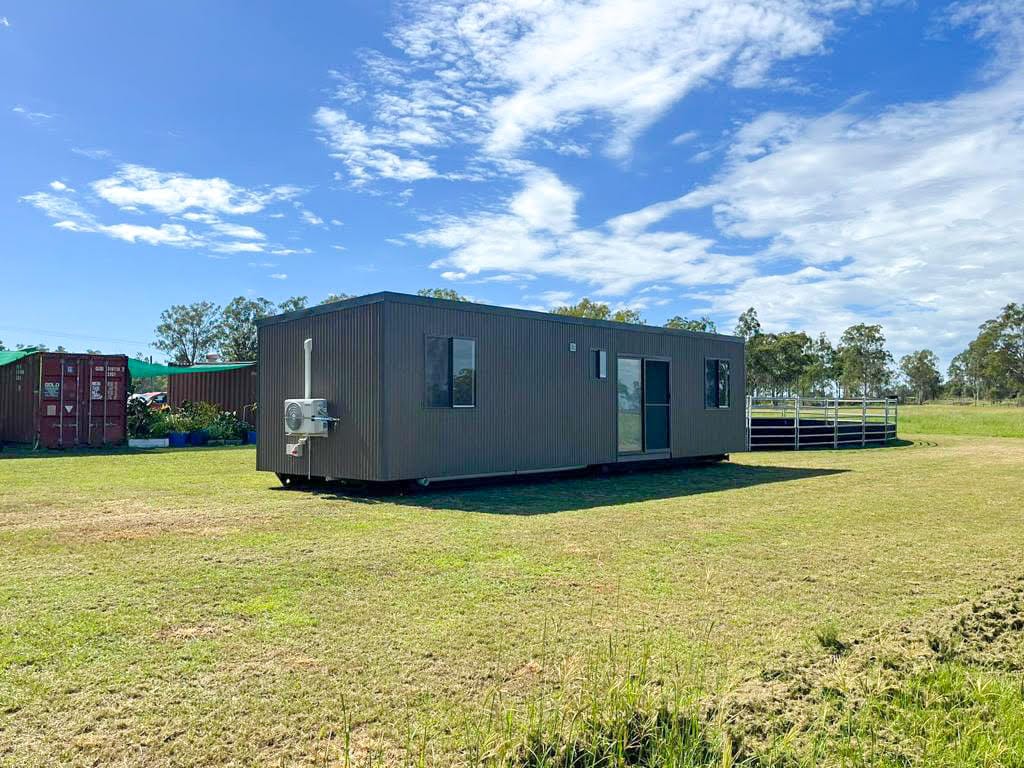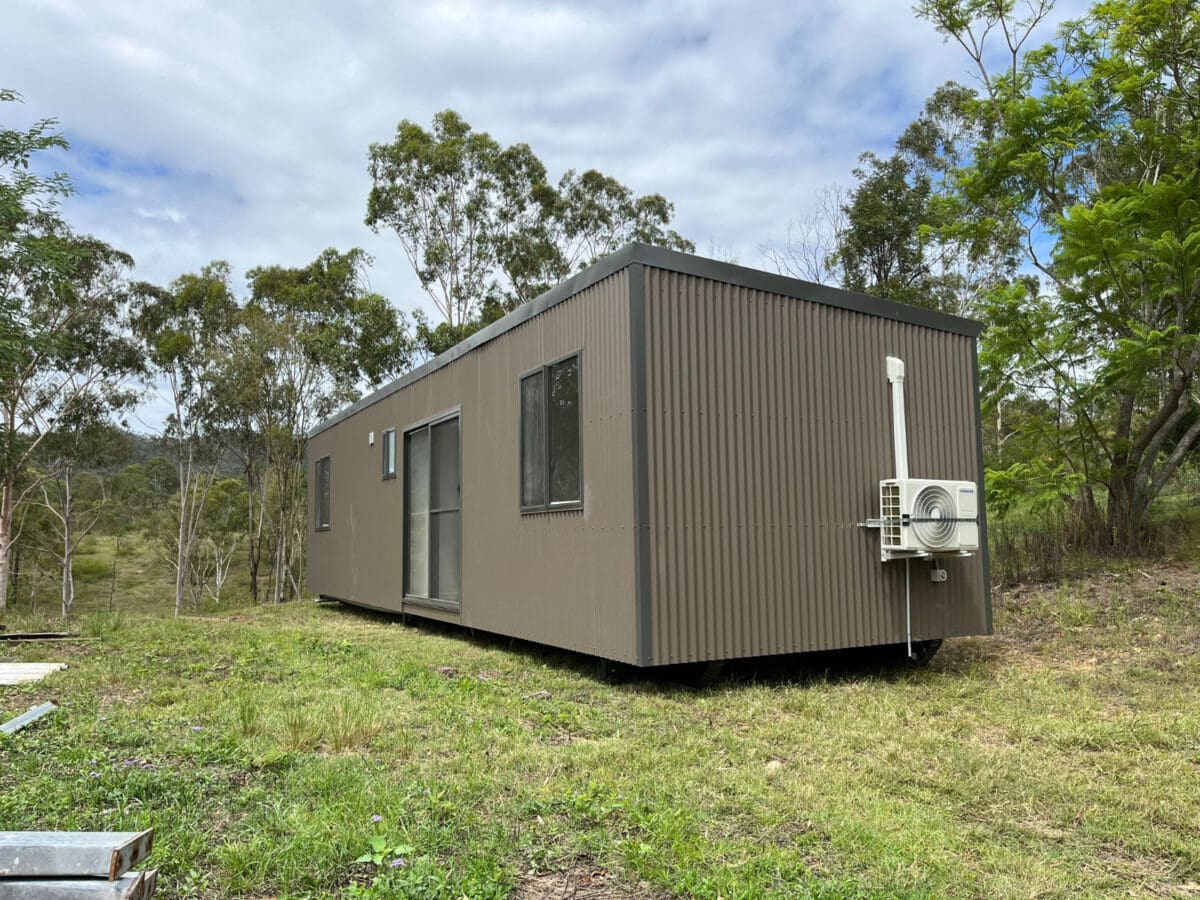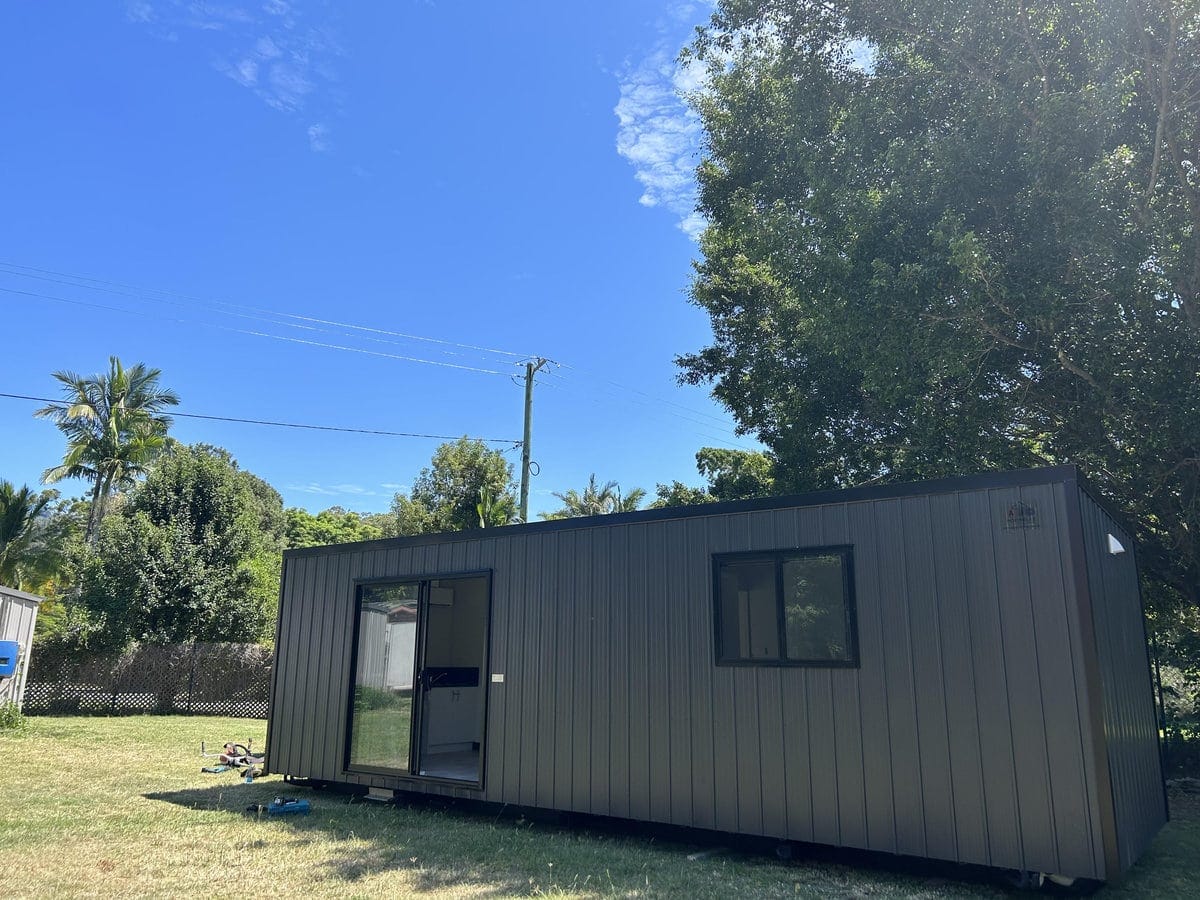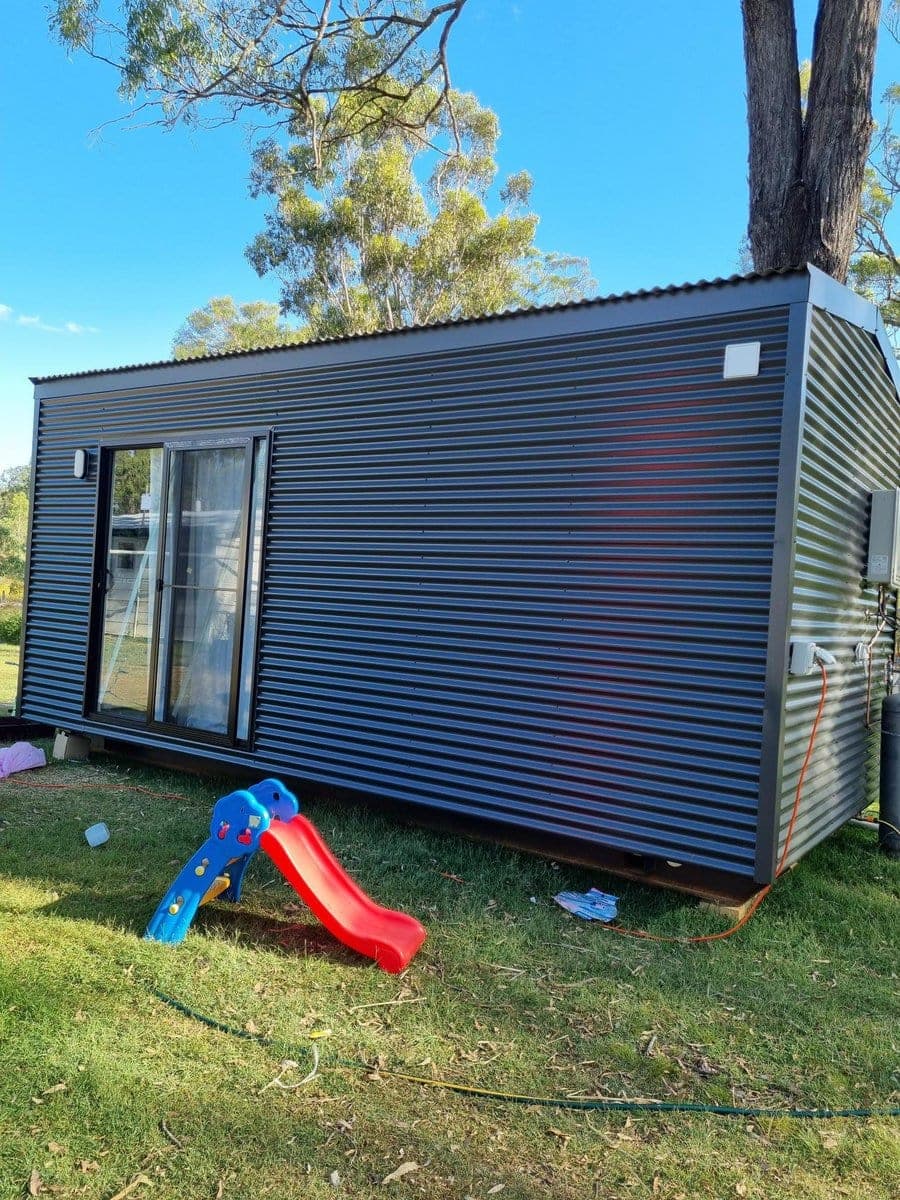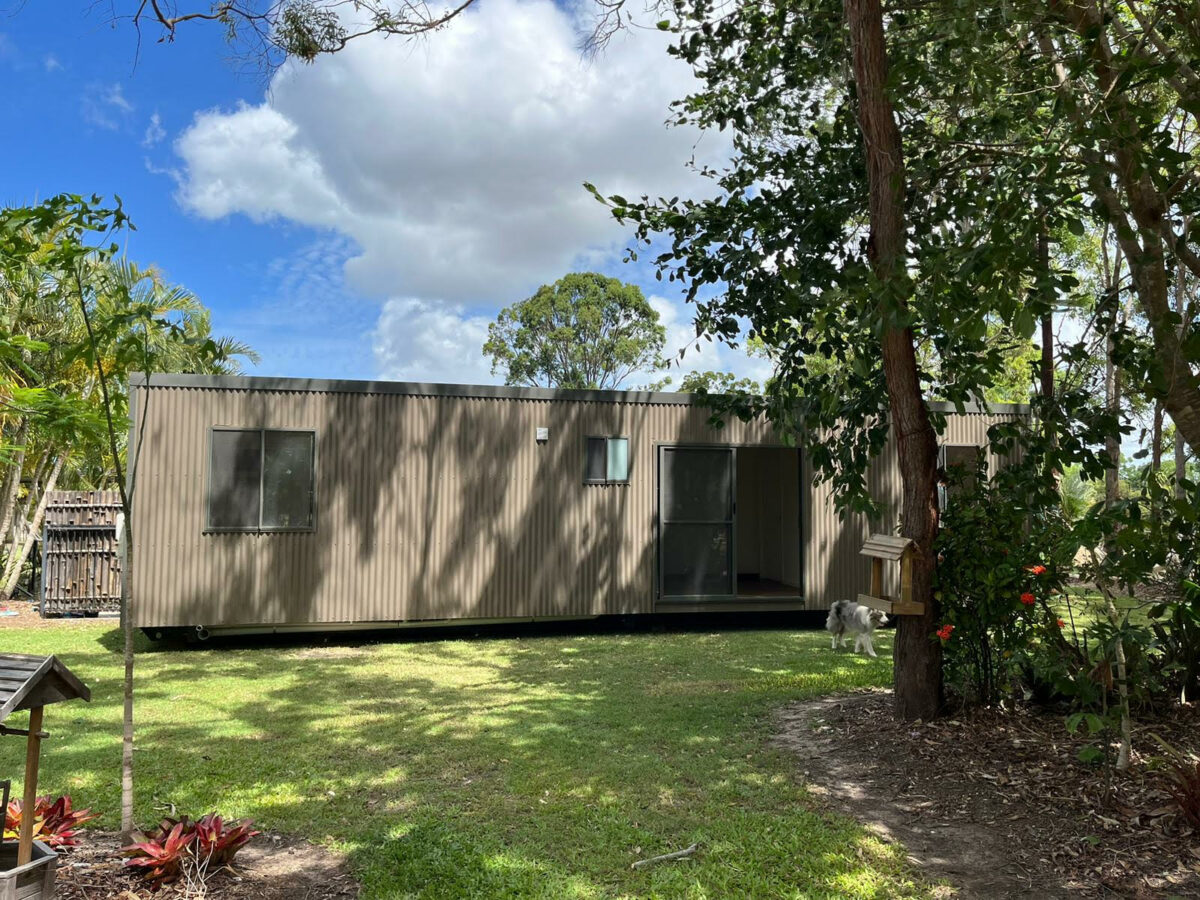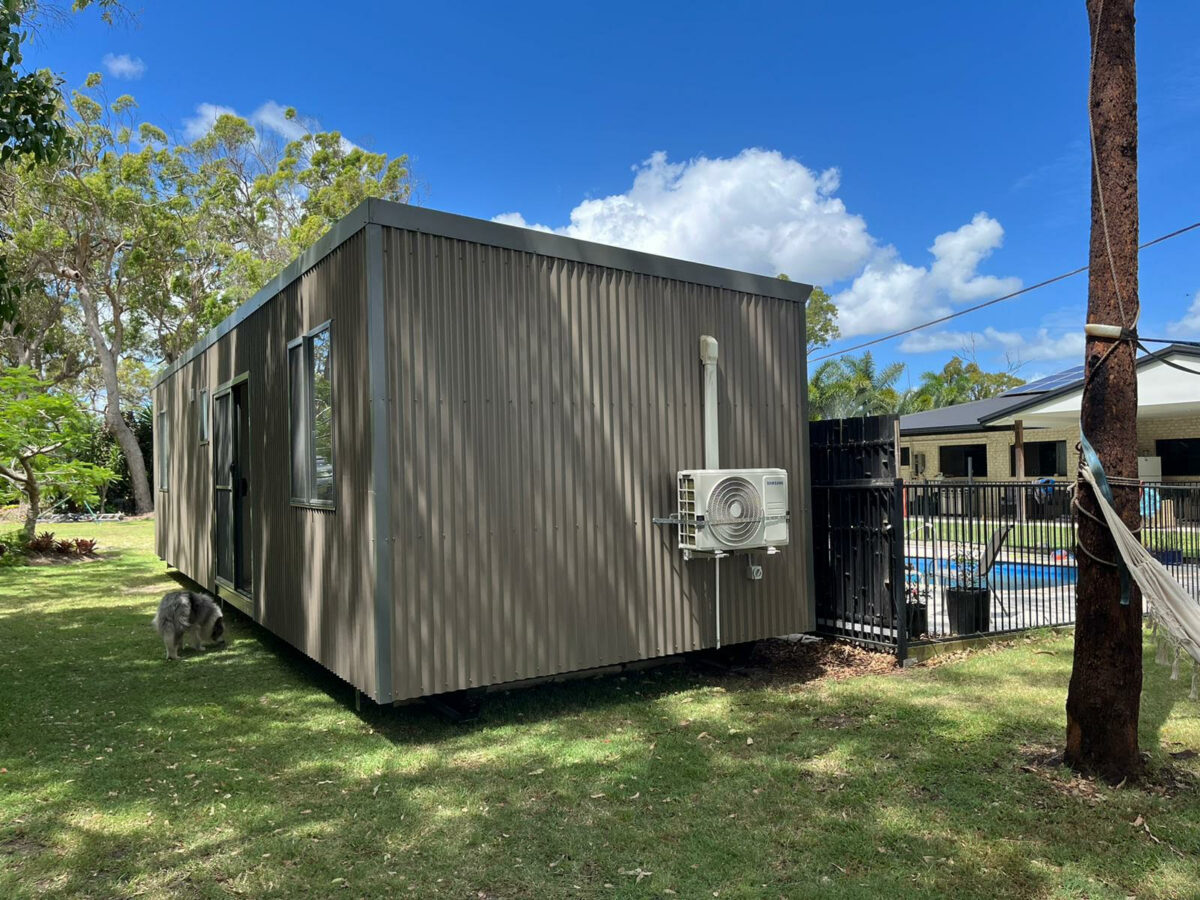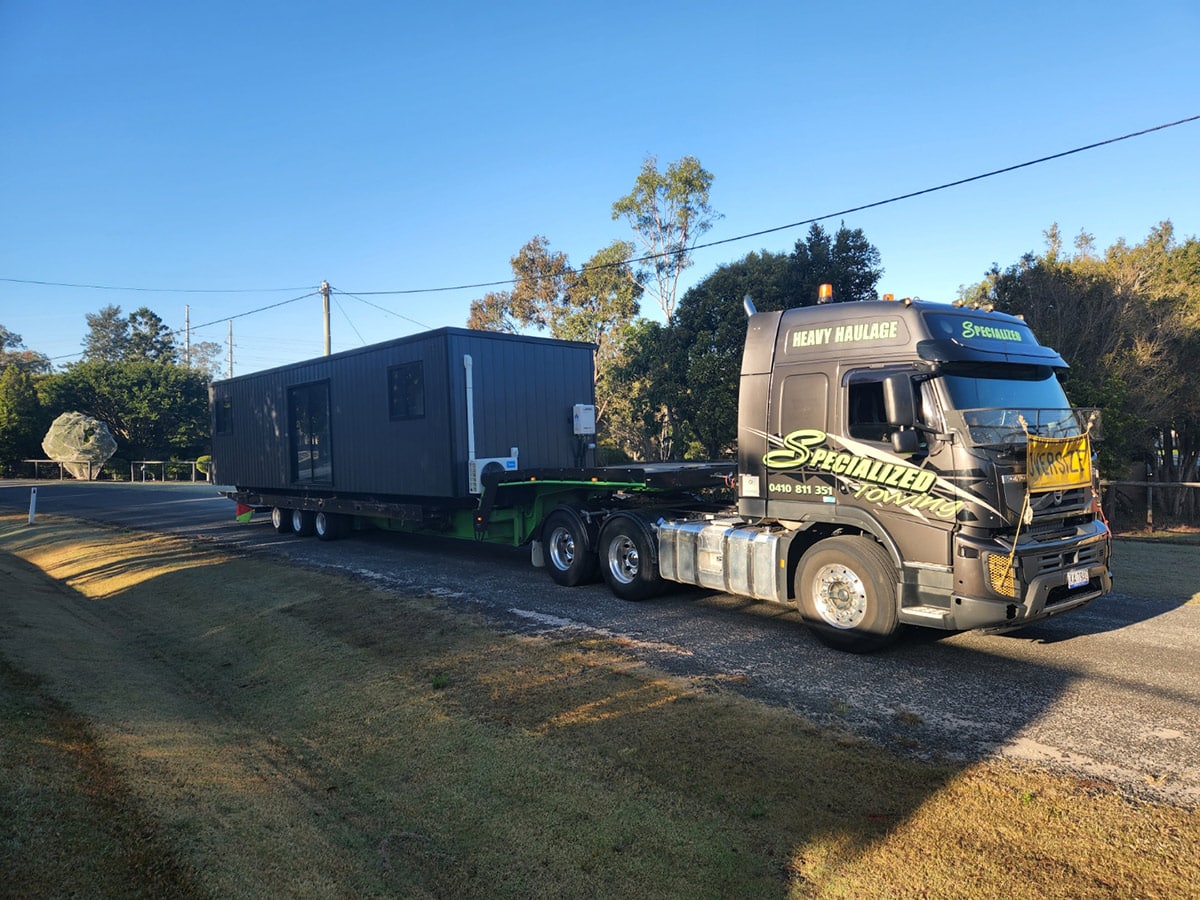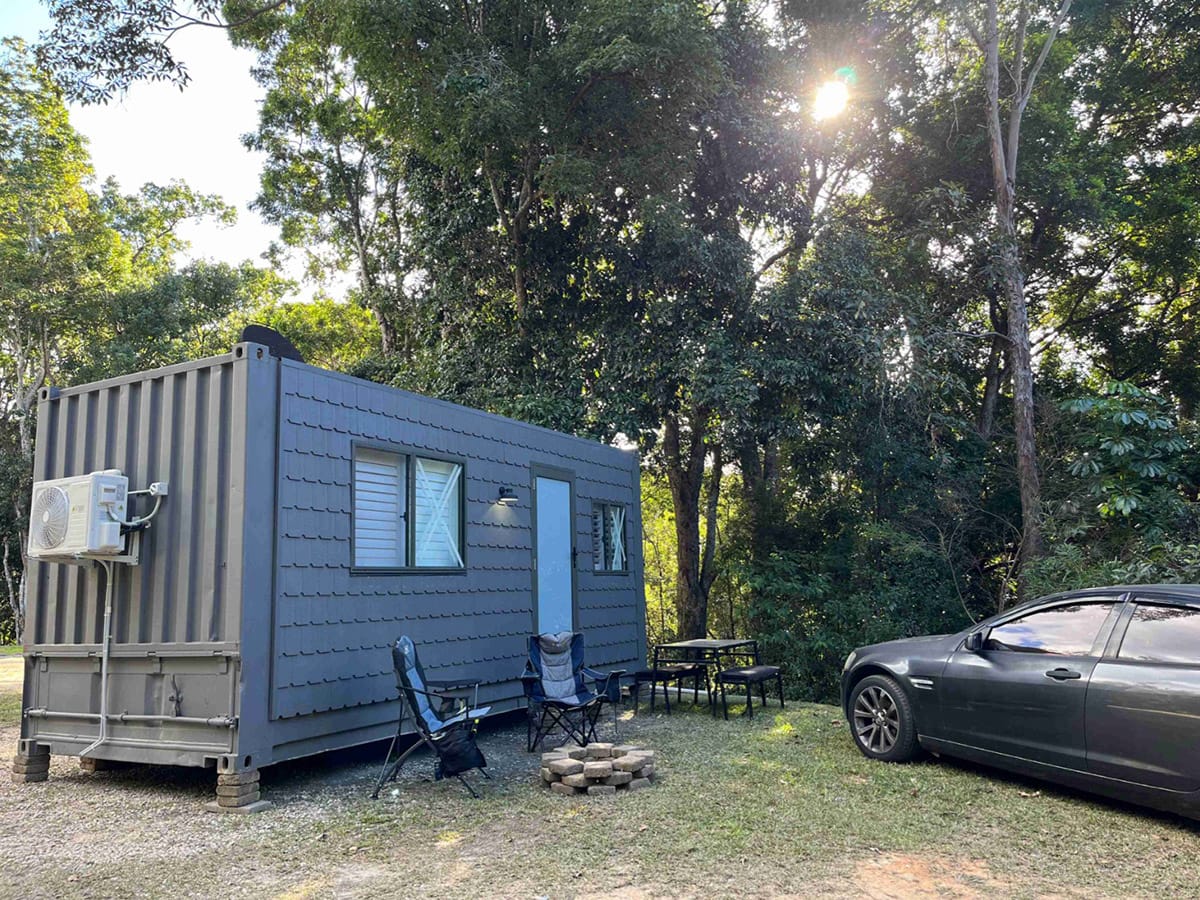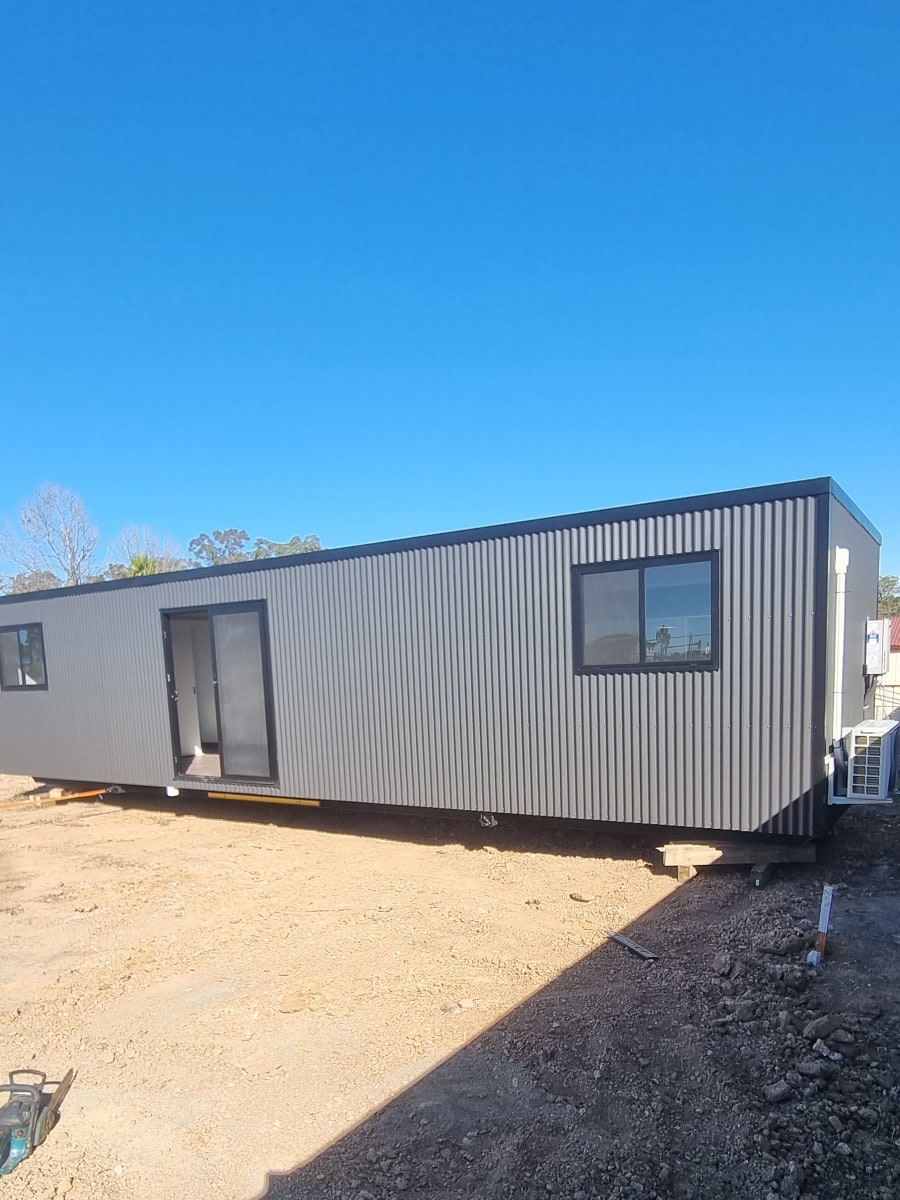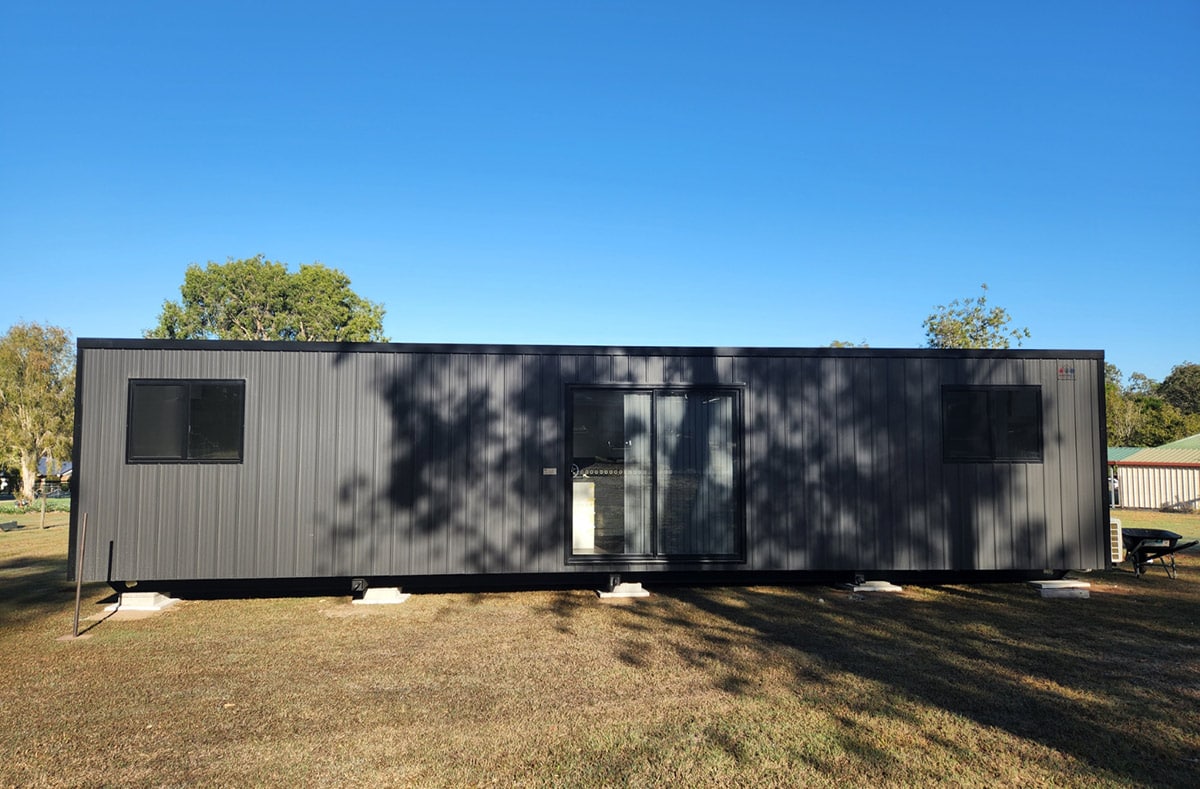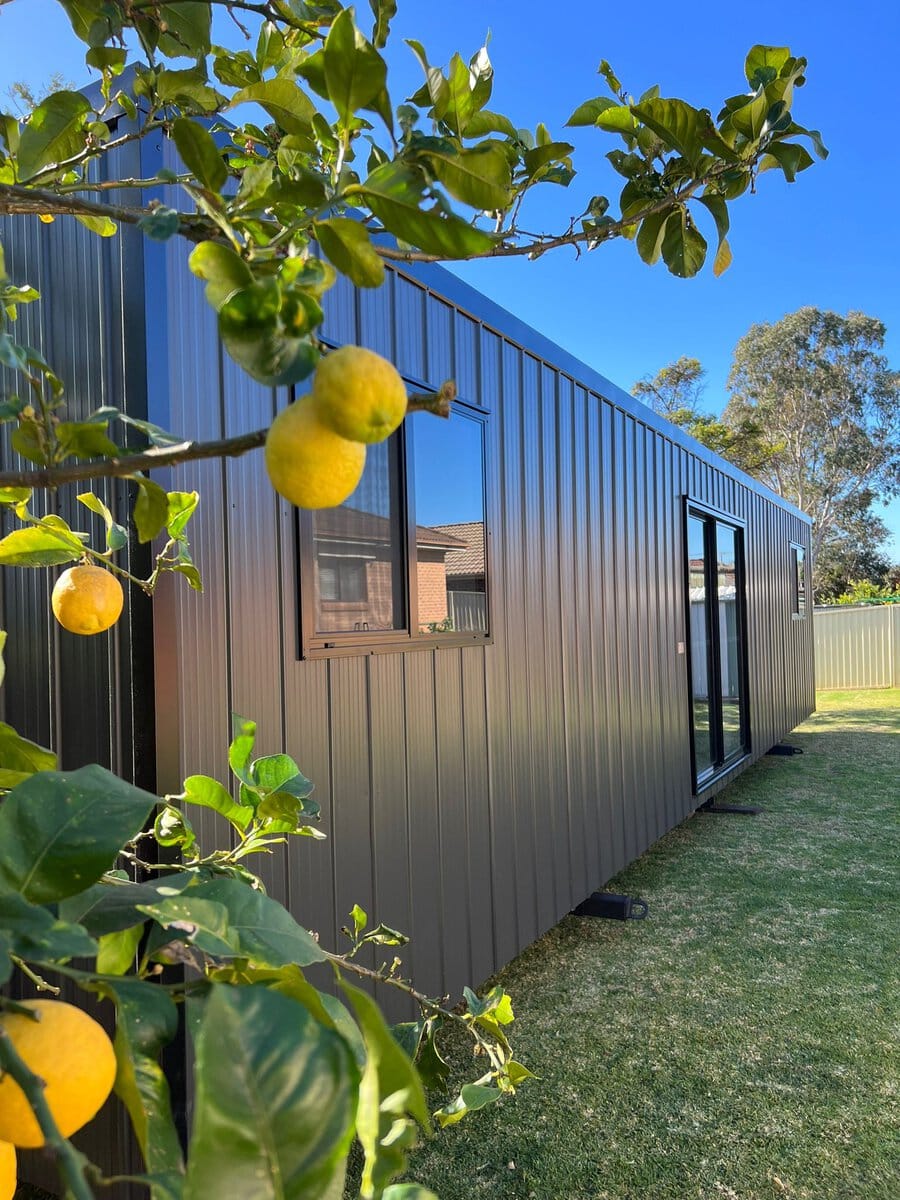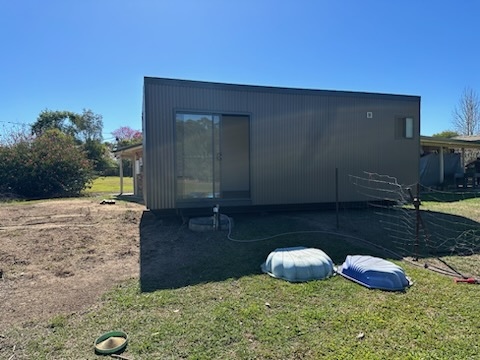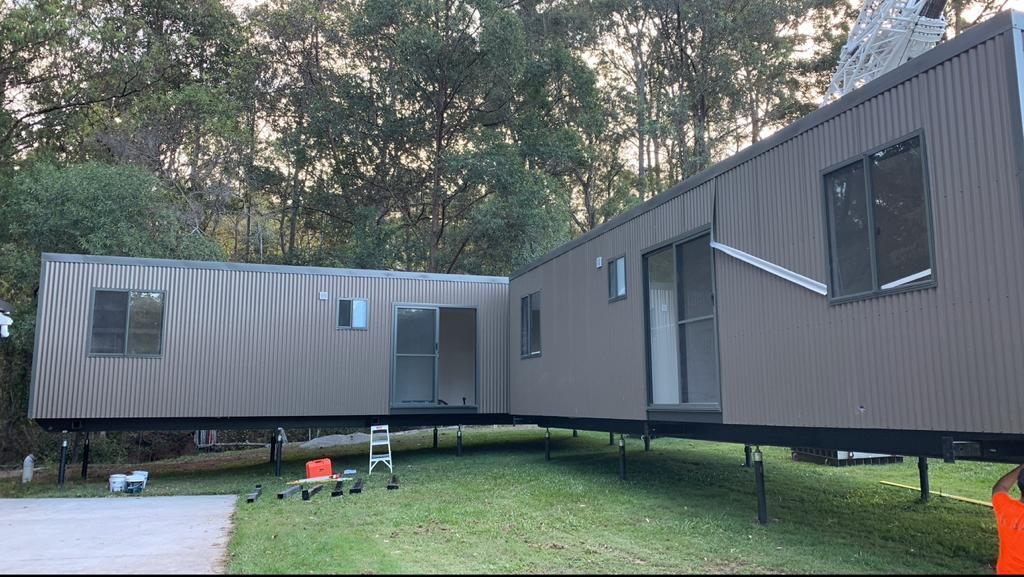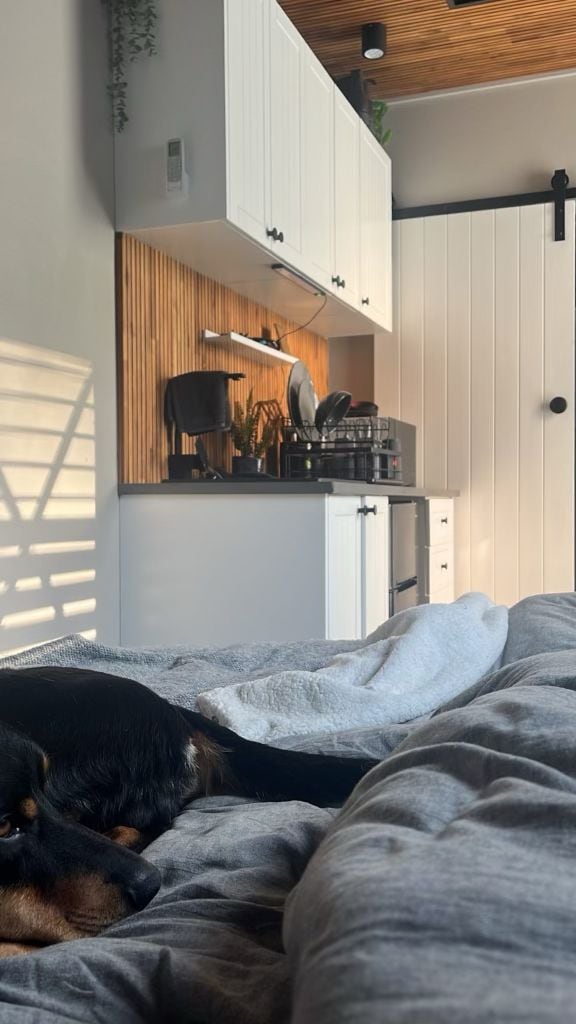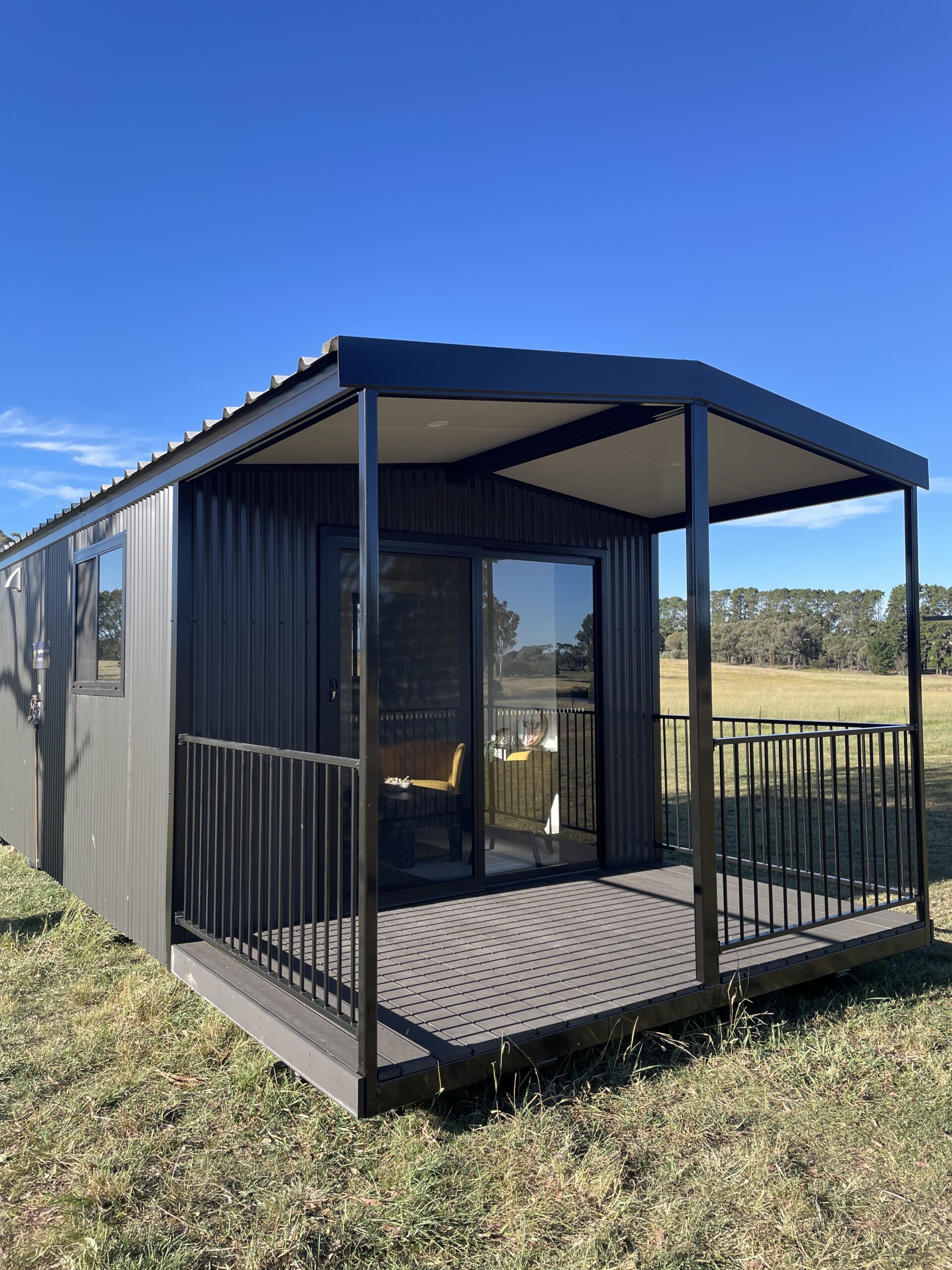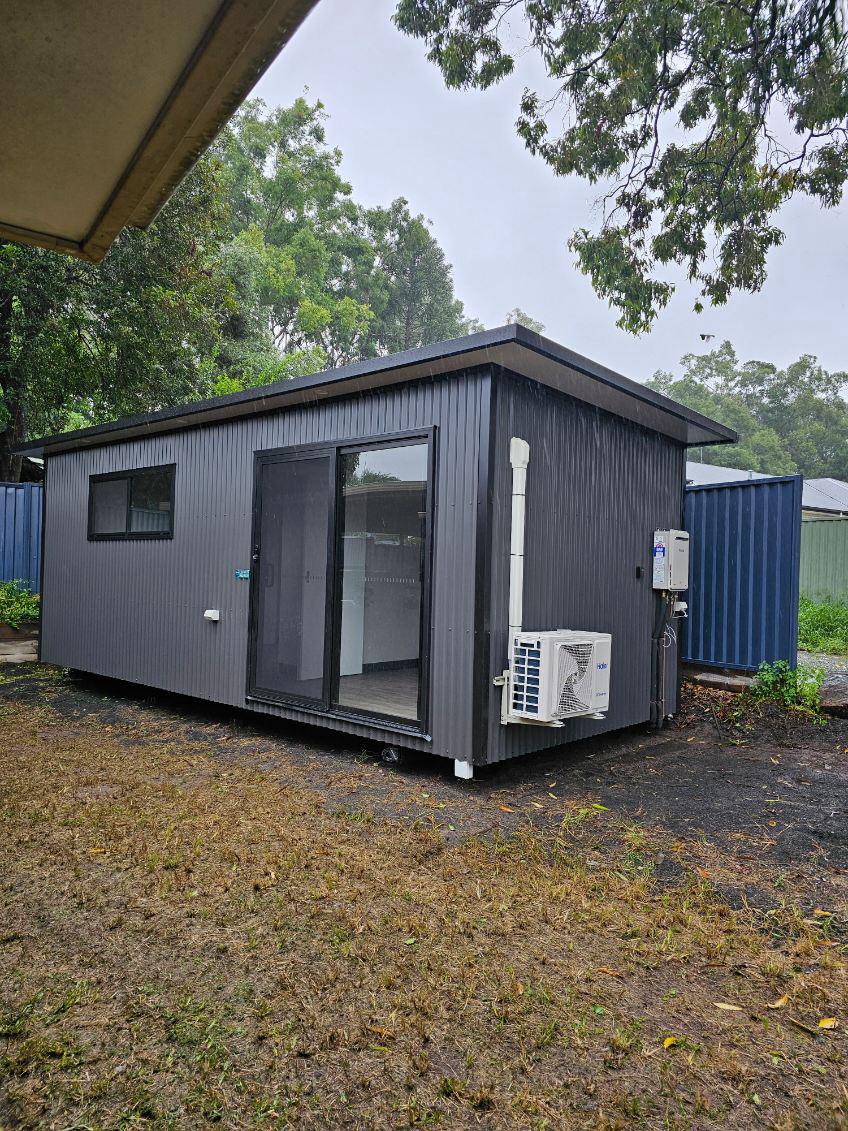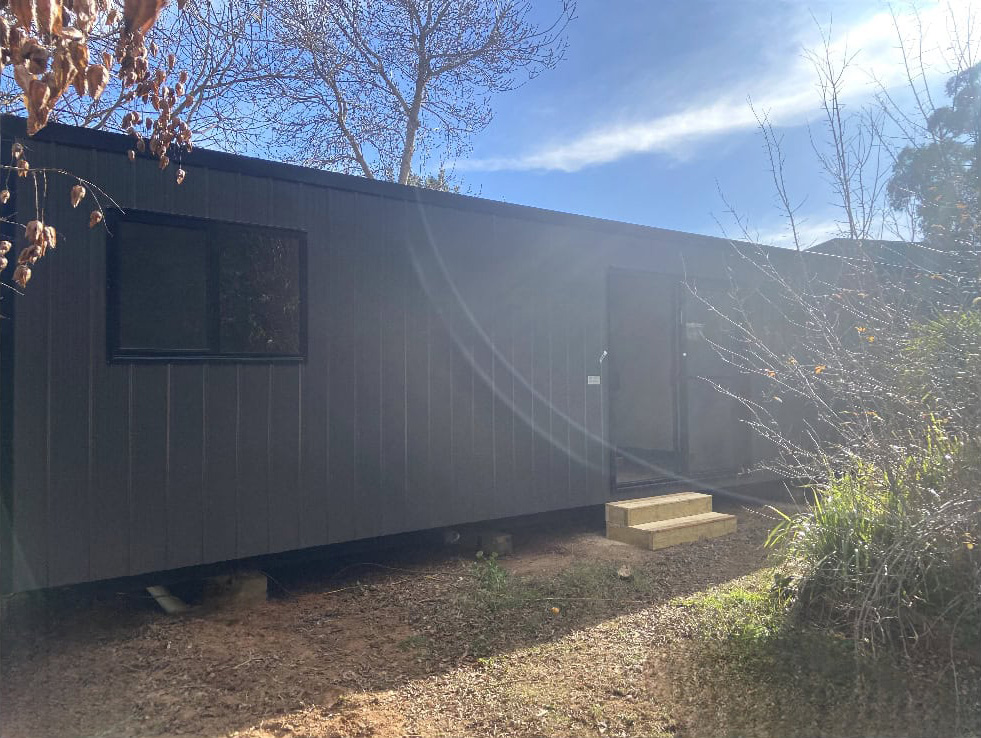Do you belong to the ‘sandwich generation’ those born between the Baby Boomers, and the Zoomers and Gen Alpha? If so, it’s likely you’re haunted by the relentless rise in cost of living and the pressure of raising your children while supporting your parents financially at the same time. Multigenerational living could offer a viable solution to survive economic stress.
Beyond the financial benefits, however, it’s a move that favours resilience, fosters stronger social connections, and promotes interdependence that benefits well-being, especially of older adults and the young in the family.
Home Ownership and Household Composition Today
Based on the latest ANZ Core Logic Housing Affordability Report, the median weekly rent amounts to $642 while median dwelling value was pegged at $807,000, equating to a 9.6% and 8.5% increase, respectively, from the previous year. Meanwhile, gross median household income only rose by only 2.8%.
These figures show how owning a home has become steeper. It has also become more difficult to keep up with mortgage and rent, often requiring households to adjust their budgets on things deemed to be necessary.
Only 55% of millennials, 25 to 39 years old, are homeowners. This proportion is significantly lower compared to generations that preceded them when they were the same age — 62% of Gen X and 66% of Baby Boomers. This despite a soaring 79% of millennials having earned some form of qualification vs. 64% of Gen X and 48% of Baby Boomers.
There were 335,000 multigenerational households in Australia in 2021, accounting for a 22% increase vs. 275,000 in 2016. This translates to 1 in 5 multigenerational households on the national level, with a slightly higher 1 in 4 multigenerational households in Sydney.
These dynamics can be varied, grandparents moving in with their children and vice-versa, included. The 2021 Household, Income and Labour Dynamics in Australia (HILDA) Survey revealed about half of men (54%) and women (47%) between the ages of 18 and 29 were living with their parents.
Why Multigenerational Living Makes Sense
Maintaining good relationships in a diverse household can be challenging. On the brighter side, however, sharing a home also means sharing the burden. Beyond splitting the bills, more people can also share in responsibilities, including household chores, and looking after the younger children and older adults in the family.
Grandparents who are still of sound mind and body can help with cutting down on childcare costs. Meanwhile, they can enjoy more social interactions with other family members. For young adults, multigenerational living could open up opportunities to save more and save faster for their own home.
See our portable cabins for
How to Make Multigenerational Living Work
Just how can you fit everyone comfortably? That could be the first challenge you face shifting to this new living arrangement. Reasonably, you have to think about everyone’s privacy and convenience as well. So, is there enough room in the house?
Here are some things you might want to consider to make room for new household members:
- Repurpose existing rooms. Perhaps there’s a storage area that you can clear out or maybe an underutilised space that can be transformed into a bedroom.
- Make use of your backyard. Could there be enough space to add a granny flat?
- Renovate. Likely your worst case scenario is that you’ll need a renovation. However, think more in detail about the costs and time-consuming nature of this solution.
Privacy Is Key
Living together doesn’t mean sharing every detail of your personal and private life with the rest of the clan. Make sure everybody has their own space and that everyone respects each other’s dedicated areas.
Design rooms in the house to communicate their intended use to all household members. Common areas can benefit from open floor interiors. It makes it easy to accommodate larger gatherings such as during meals and weekend movie nights. However, rooms should be laid out properly to maintain privacy.
When it comes to privacy, a granny flat can easily accommodate additional beds without compromising your personal space. Your parent, grandparent, or adult child will appreciate their own space too.
Plan for Accessibility
Any home should be designed with functionality as the top priority. Make sure your space is able to accommodate your daily routine.
Will you be caring for older family members or a family member with a disability? Then make sure to choose the proper location to transform into his or her room. Mind the steps, doorways, and floorings too. Adjustments may be minor or major, but when safety is a concern, preventing accidents is always non-negotiable.
In case you’re considering a granny flat, there are readily available choices that suit every possible circumstance, including caring for elders and people with disabilities. PennyGranny can also customise it for you to perfectly complement your needs.
Set Expectations Early
Living together brings people closer, but it can also lead to misunderstandings. Make sure to talk about the more important things that require honest conversations too.
Talk about the chores. A bigger household means it takes a lot more effort to get household chores done. Don’t volunteer to go it all alone. Make everyone chip in to lighten the load. Talk about who cooks, washes the dishes, does the laundry, and tends to the yard. Don’t leave anything vague to avoid misunderstandings later.
Be Clear About Financial and Legal Matters
Don’t leave grey areas where money is involved. Gather all family members to discuss who foots the bill for the utilities, and who’s responsible for groceries. List them down and make sure everyone agrees and understands their responsibilities.
Multigenerational living also brings financial and legal considerations. Building or installing a granny flat will likely require council approval, and you’ll want to be clear on any impacts it might have on pension eligibility or government entitlements. Estate planning is another area to think about, especially if property ownership is being shared or transferred.
PennyGranny can guide you through council processes, compliance requirements, and help you stay on the right side of regulations. That way, all that’s left is for you to prioritise caring for your family members.
The Emotional Payoff
Despite the planning involved, many families find that multigenerational living brings enormous emotional rewards. Kids benefit from extra support and wisdom. Parents get help when they need it most. Seniors enjoy the comfort of familiar routines and the joy of watching their grandchildren grow up.
At the end of the day, it’s about building a home where everyone feels secure, valued, and supported.
Multigenerational Living for Modern Families
Multigenerational living can be the smart way to respond to the rising cost of living. While it may initially seem like a challenging arrangement, it has a very high potential for improving the quality of life for every member of your household.
Less financial burden, shared responsibilities, and stronger family bonds are just a handful of the benefits you can all derive from living under the same roof. If you’re bent on making it work and keeping conflicts in check, you might be surprised at how it can positively impact your life. It’s really all just a matter of how you look at it and how much you’re willing to make it work.Make multigenerational living less of a pain and more about showing that you care with a transportable cabin. PennyGranny flats provide the flexibility you need for your household’s constantly changing needs. You don’t have to go bigger. Just build smarter.



